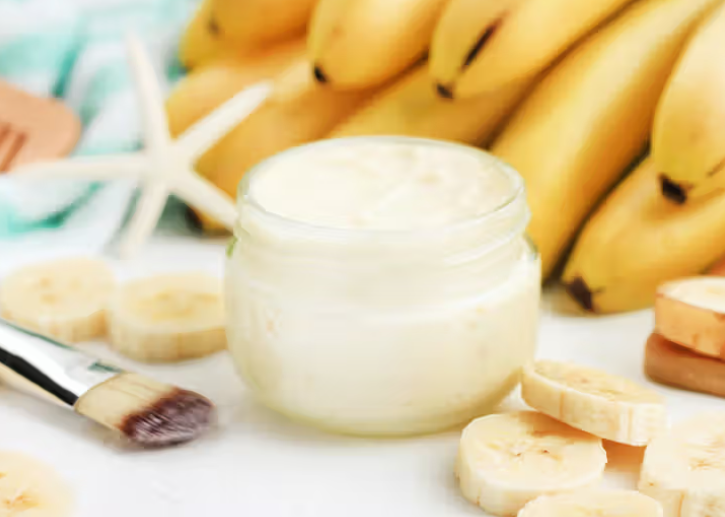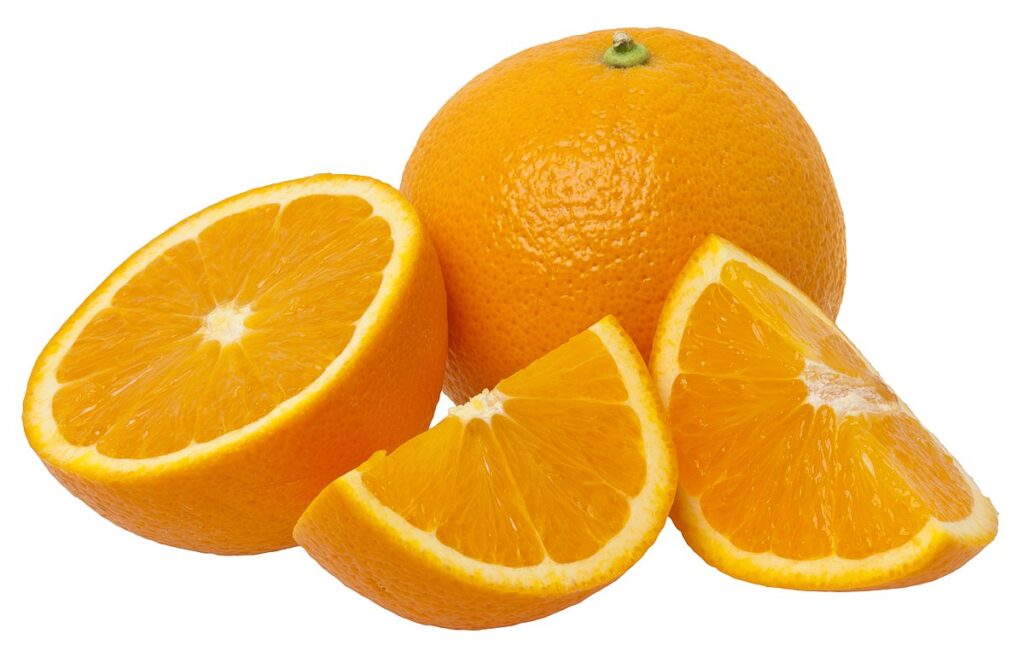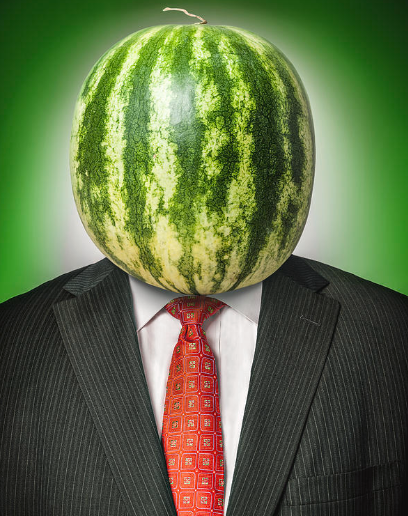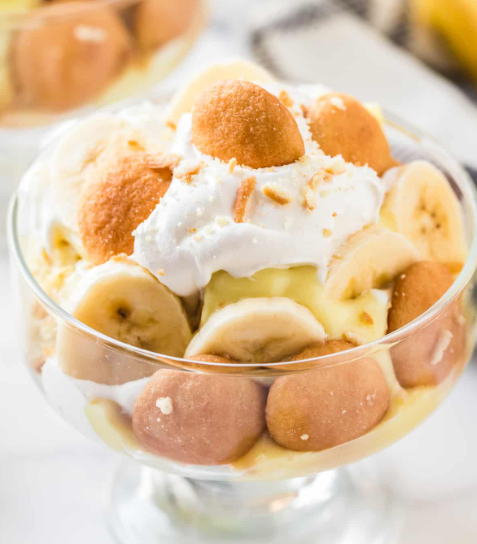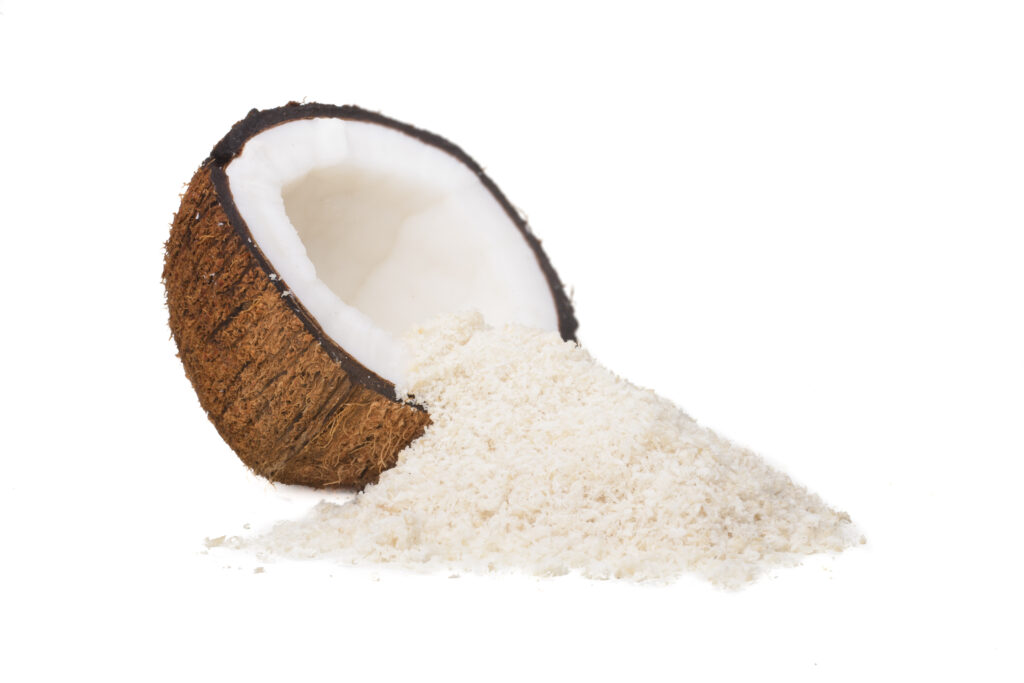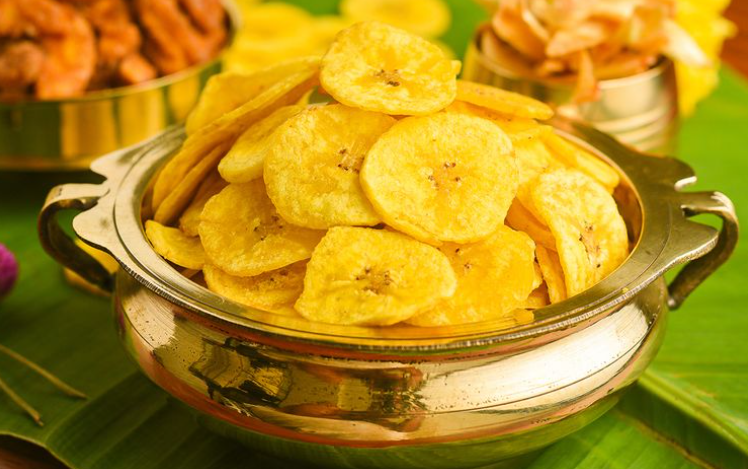Do you get pain from your trigeminal neuralgia? Bananas might be partly to blame. Although bananas have good stuff like potassium, vitamin B6, and vitamin C, they also have things in them that might make your pain worse.
If you learn about how bananas affect your health, you can choose what to eat better and feel less pain.
Table of Contents
Potassium and How It Affects Nerves
Bananas have a lot of potassium. One normal-size banana has about 422 mg of it. Potassium is important for keeping blood pressure right and helping muscles work.
But if you eat too much potassium, you could get a condition called hyperkalemia, which means you have too much potassium in your blood. This might make your nerves more sensitive and cause more pain.
For people with trigeminal neuralgia who already have a lot of pain from their trigeminal nerve, too much potassium could lead to more painful and frequent attacks.
It’s good to have potassium in your diet, but having lots of bananas or other foods with lots of potassium can be too much for people who have pain from trigeminal neuralgia.
Tyramine and Histamine in Bananas
Bananas also have tyramine and histamine. These are natural chemicals that send messages in your body. Tyramine tightens blood vessels, and histamine makes them wider.
If you have too many of these chemicals, you might get migraines or headaches. Since trigeminal neuralgia also causes pain in your head, eating bananas with these chemicals could make your pain worse.
Some doctors and scientists think that tyramine and histamine might make the trigeminal nerves super sensitive too. When you add in the potassium, bananas can make your nerve pain much worse.
Too Much Vitamin B6 and Nerves
A lot of vitamin B6 can be harmful. A medium banana has about 0.5 mg of vitamin B6.
Vitamin B6 is used by your nerves to talk to each other. But if you get too much of it, it could mess up how your trigeminal nerves talk to each other.
Over time, this might make your nerves more likely to feel pain. Having a little bit is good, but too much can be a problem, especially for people with trigeminal neuralgia.
Why Carbohydrates Matter
Bananas are sweet because they have starch that turns into sugars like glucose and fructose when you digest them. These sugars make your blood sugar and insulin levels go up more than proteins or fats would.
If your blood sugar is too high too often, it can hurt your nerves. Even if it spikes just sometimes, it may still make your trigeminal neuralgia worse.
One banana has carbs that count for about 14% of what you should have in a day if you’re on a 2000 calorie diet. Eating fewer foods that are high in carbs might help control your pain.
Eating Right with Trigeminal Neuralgia
Bananas and some other foods might make your trigeminal neuralgia hurt more, but you still have to eat well. Here are some tips for picking the right foods:
- Drink lots of water and herbal teas to avoid dehydration, which can make nerve pain worse.
- Eat plenty of vegetables to get your vitamins without too many carbs.
- Choose proteins like fish, chicken, beans, and nuts that are low in fat.
- Pick fruits with not much sugar, like berries, but only have a little.
- Cut down on salt and processed foods to keep your blood pressure in check.
- Make sure you’re not getting too much potassium, vitamin B6, or carbs.
- Only take potassium supplements if your doctor says you should.
- Keep track of what you’re eating to figure out what makes your pain worse.
- Work with a nutritionist who knows about diets that help with pain.
While you’re avoiding foods that can make your nerves more sensitive, make sure to eat a balanced diet with all the vitamins, minerals, fiber, and antioxidants you need. Keeping track of what you eat every day can help you find the right balance for your body.
Creating a Personal Diet Plan
The most important thing is to find a way of eating that reduces your trigeminal neuralgia symptoms but still gives you enough energy. Everyone is different, so it’s best to have a diet plan that’s made just for you, considering your health history, what you’re sensitive to, and how you live.
A dietitian or nutritionist can look at what you eat now and help you create a meal plan that’s right for you. Your doctor can also send you to a nutrition expert.
Even though bananas and some other foods might make your nerve pain worse, there are many delicious foods you can still enjoy. With a few changes to what you eat, you can control your trigeminal neuralgia pain and live better.
